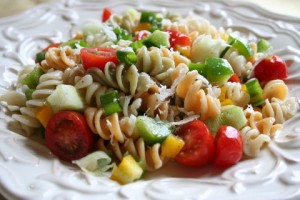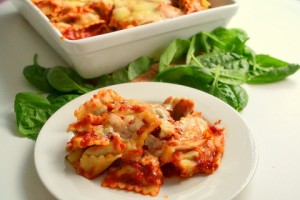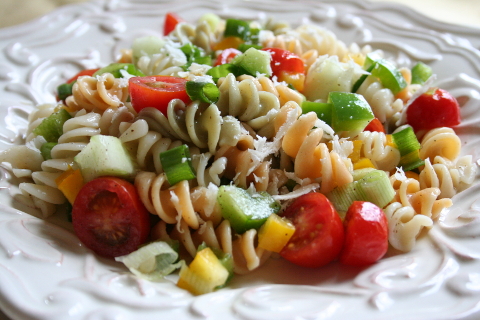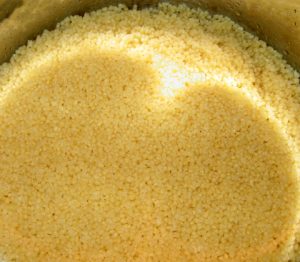Pasta Diet, the Basics
Add CCH Carbs to your diet: Pasta (CCH: Noodles, Spaghetti, Macaroni, etc), Potatoes, Rice, etc. Not only will you feel full and satisfied but there are major health benefits: Colon, Blood Sugar and more. It will also assist you to lose weight!
About the Pasta Diet
The Pasta diet is a healthy, balanced diet that can be followed for the long term. The diet is based on normal foods, generally available and requires only slight modification to grocery purchasing habits as well as cooking and preparing your Pasta and other carbs to achieve CCH starches. The pasta diet challenges your creativity, you  must mix and match low calorie foods such as tomatoes, onions, cucumbers, celery and CCH Pasta into CCH and cooled salads, CCH potato dishes, cooled again potato salads and use your imagination! — NB – Always remember to first make CCH and then to make salad! Do not use CC Pasta for salads!
must mix and match low calorie foods such as tomatoes, onions, cucumbers, celery and CCH Pasta into CCH and cooled salads, CCH potato dishes, cooled again potato salads and use your imagination! — NB – Always remember to first make CCH and then to make salad! Do not use CC Pasta for salads!
Four main rules of The Pasta Diet & exceptions:
1. No sugar or sugar added fruit juices, drinks or sweets. Replace sugar with calorie free sweeteners – EXCEPT The odd chocolate or sweet treat after calculating your calories. .
2. Eat a lot of CCH Resistant carbs (CCH: Pasta, Rice, Potatoes, etc) (No (or minimal) normal Carbs, No (minimal resistant Carbs) – See Pasta diet guide section for more info
3. Plan your meals and portions in advance (Except on your cheat day)
4. Double check your calorie and energy weights – After you have done this a few times it becomes habit and becomes so easy that you no longer really notice or think much about it! (Except on your cheat day)
The Pasta Diet
You can start the Pasta diet at any time. There are three easy steps to get started:
1. Calculate your own personal daily calorie requirement
2. Compose your own personal draft diet
Balanced Diet 4 week low calorie diet and here: Birthday-diet
Also USE this food table to calculate your portions and portion sizes: Calculate Portion Sizes
3. Adjust your draft diet to add CCH pasta and CCH Carbs
Replace all the carb portions with CCH Carbs
About CCH Pasta and CCH Starches
Science / Medical / Dietary Science
CC (Cooked and Cooled) Starches are also more commonly known as Resistant Starch. Resistant starches are cooked and cooled down, this cooling down action assists in the starch degradation process. Generally, carbohydrates such as sugar and most starches are rapidly digested and converted into glucose in the body by the small intestine. Such converted Carbohydrates (Carbs) are either immediately stored as fat or used as energy as they are immediately available to the body. There are now five main types of resistant starches.
When Cooked and Chilled starches (CC Starches) are RE-HEATED the carbohydrates become even more resistant (to conversion and fat storage while in the small intestine) These CCH starches are now used by the body as DIETARY FIBER in the large intestine.
Types of resistant starches
- Type 1 – Undigestable Resistant Starch (URS) – examples are: seeds or legumes and unprocessed whole grains
- Type 2 – Natural Resistant Starch (NRS) – examples are: green bananas, raw potatoes etc
- Type 3 – Chemically Modified Resistant Starch (CMRS) – examples are laboratory (or factory produced starches) through chemical reaction
- Type 4 – Cooked and Chilled Resistant Starch (CC) – examples are cooked and chilled pasta, potatoes, etc
- Type 5 – Cooked, Chilled and Heated Resistant Starch (CCH) – examples are cooked, chilled and re-heated Pasta, Potatoes, etc
Blood sugar levels and starch degradation (conversion to dietary fibre, or non small intestine absorbtion levels of CC is around 10% reduction and over 50% reduction is found in CCH.
CCH starches therefore not only provides fiber for the colon, but it effectively displays reduced calorie loads as reflected in the insulin requirement reduction levels found in the average healthy human.
Example of how to prepare a CCH Pasta Dish
1. Add an amount of pasta to a cooking pot
2. Add water to cover the pasta
3. Boil the pasta until the water becomes milky
4. Remove the pot from stove, rinse and wash the pasta with cold water
5. Cover the pasta with clean cold water and boil again
6. When Pasta is “al dente” remove from heat and remove extra water
7. Strain pasta and allow to cool down place in covered dish after cooled
8. Place pasta in fridge at least overnight
9. Next day, or thereafter, re-heat in frying pan and serve warm
TIP: Add low calorie, natural onion, garlic, vinegar, chopped tomatoes oreganum and sweet basil or other spices as sauce if required and at any time
Advertising

All information provided for information & education purposes only. Nothing published on https://dietmy.com is intended as substitution for medical advice, diagnosis, or for any treatment.



